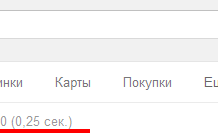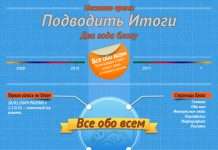Japanese astronomer Daichi Fujii, curator of the Hiratsuka City Museum, has captured dramatic video footage of two meteors impacting the moon, providing a unique glimpse into the lunar environment. These flashes, visible from Earth for mere seconds, highlight the vulnerability of the moon to space debris and the dedicated work of astronomers observing our celestial neighbor.
Recent Lunar Impacts
Fujii recorded the first impact on Thursday, October 30, and the second on Saturday, November 1. These events occurred as the Southern Taurid meteor shower approaches its peak around November 5, with the Northern Taurids following on November 9, meaning that Earth’s skies—and seemingly the moon’s—are experiencing an increase in meteor activity. The fleeting flashes were produced when space rocks slammed into the lunar surface at tremendous speed, creating brief but brilliant explosions of light.
Details of the Events
The first impact, observed on October 30 at 8:30 p.m. Japan Standard Time (6:30 a.m. EST or 1130 GMT), occurred east of the Gassendi Crater. Fujii’s calculations suggest the meteoroid was part of the Taurid meteor stream, traveling at an estimated velocity of 27 kilometers per second (60,000 mph) at a 35-degree angle. Based on his observations, the meteoroid, weighing approximately 0.4 pounds (0.2 kilograms), created a crater roughly 10 feet (3 meters) wide. The flash of light lasted just 0.1 seconds. Fujii notes that the recorded brightness might be an underestimate, as the camera’s sensors were briefly saturated by the impact.
The second impact, recorded on November 1 at 8:49 p.m. Japan Standard Time (6:49 a.m. EDT or 1149 GMT), appeared west of Oceanus Procellarum, one of the moon’s largest lunar maria.
Why This Matters
These observations are valuable for several reasons. Firstly, they offer a direct visual confirmation of lunar impacts—events that are predicted to occur but rarely captured with such clarity. Secondly, they provide data on the size, speed, and trajectory of meteoroids impacting the moon. This information helps scientists understand the composition and distribution of space debris within our solar system. Finally, this series of observations underscore the stark difference between Earth and the moon in terms of protection from space debris:
The Moon’s Vulnerability
Unlike Earth, which has a thick atmosphere that burns up most incoming meteoroids, the moon has virtually no atmosphere. This means that space rocks hit the lunar surface at incredibly high speeds, ranging from 45,000 to 160,000 mph (20 to 72 km/s). This releases powerful bursts of light and heat upon impact.
Fujii’s Ongoing Work
Fujii has been meticulously observing lunar impact flashes since around 2011, with continuous observations since 2020. Using a 20-centimeter telescope, he typically detects one impact flash every few dozen hours of observation. Despite the challenges of observing a thin crescent moon—visible only briefly and often obscured by clouds—Fujii has documented a total of 60 flashes to date.
“I started observing lunar impact flashes around 2011 and have been continuously observing since 2020,” Fujii said. “With my 20cm telescope, I typically detect about one impact flash every few dozen hours of observation.”
These observations provide a fascinating insight into the dynamic environment of the moon and the ongoing bombardment of space debris that our celestial neighbor endures. The increasing accuracy of astronomical equipment enables observers to catch these events with a greater clarity, enhancing our understanding of the solar system’s ongoing processes.




































